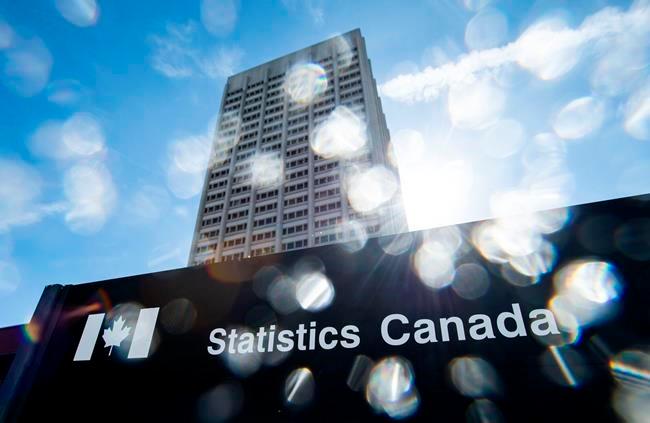A reawakening of Canada’s stagnant economy at the end of 2023 may have kept a technical recession at bay, but it could delay a highly anticipated cut to interest rates, experts say.
A technical recession, which is defined as two consecutive quarters of negative gross domestic product (GDP) growth, was expected to hit the country last year after the Bank of Canada raised interest rates in an attempt to bring inflation under control.





